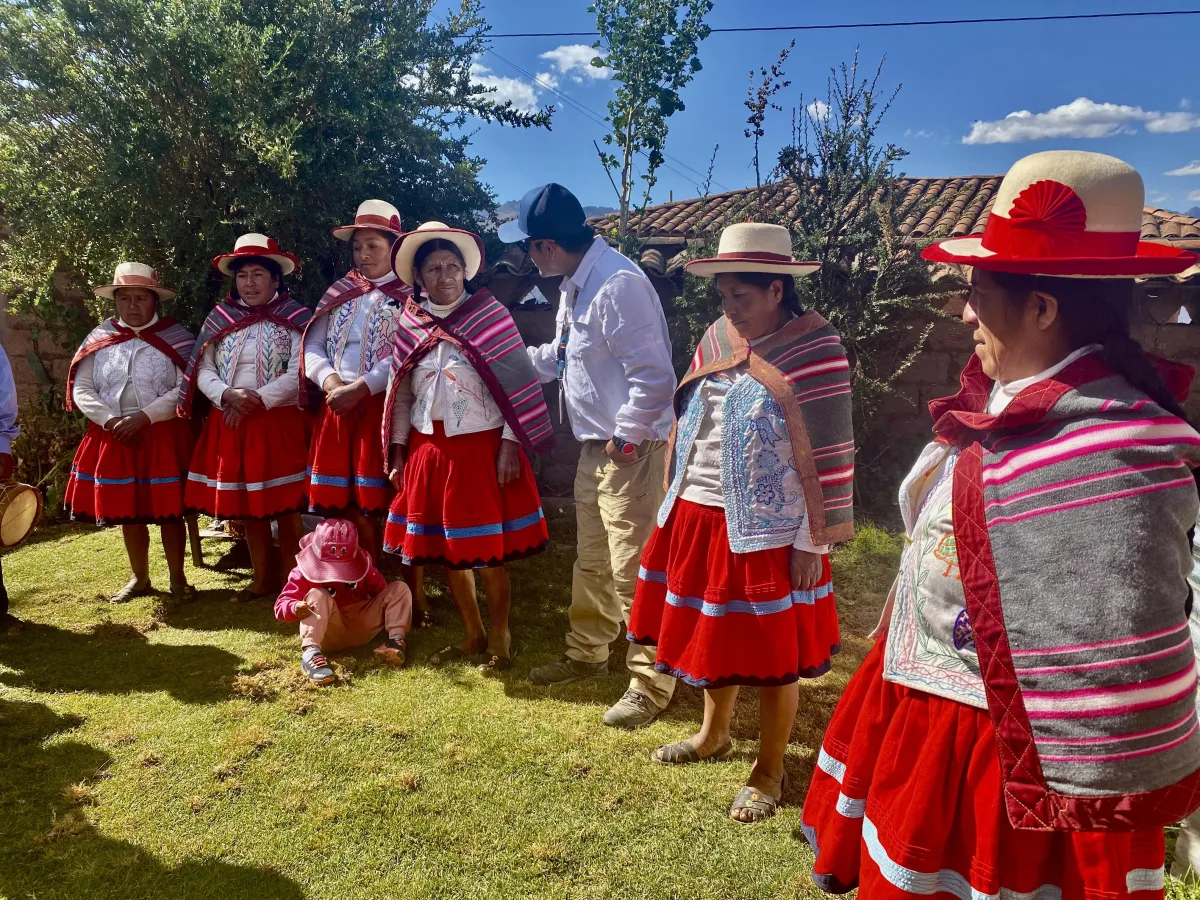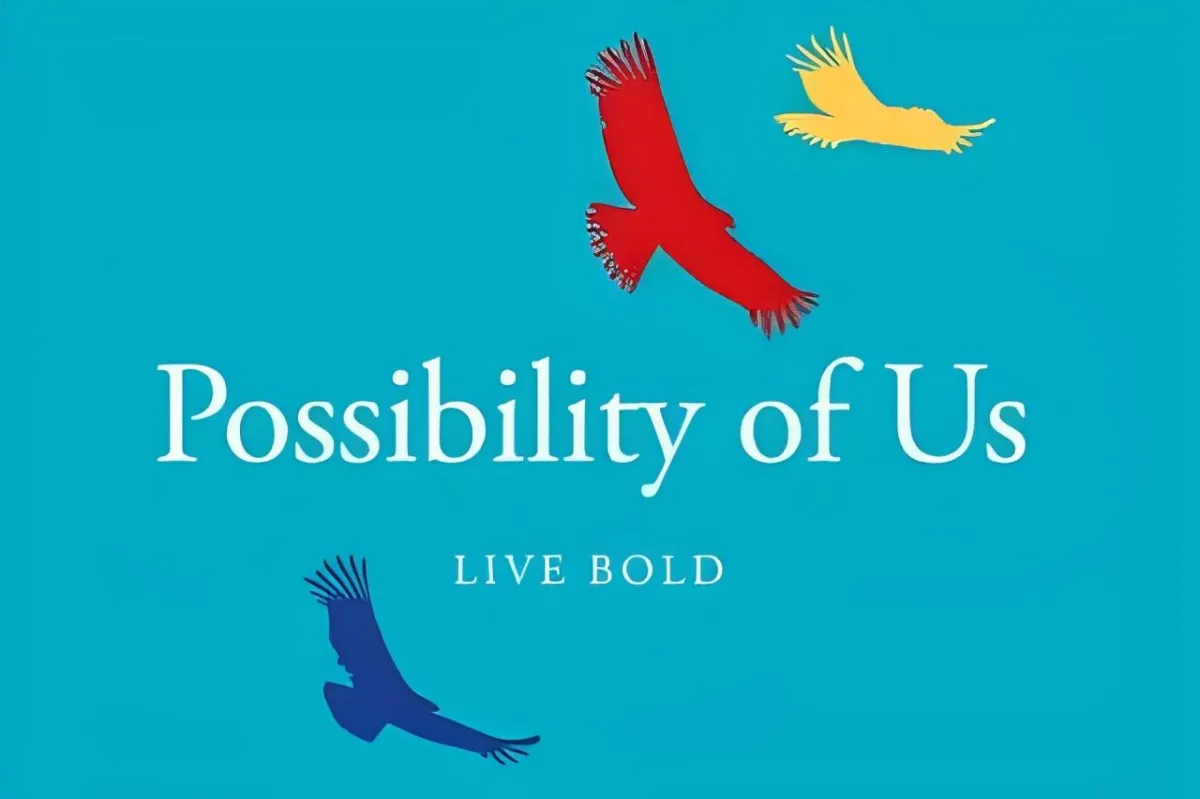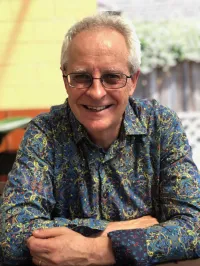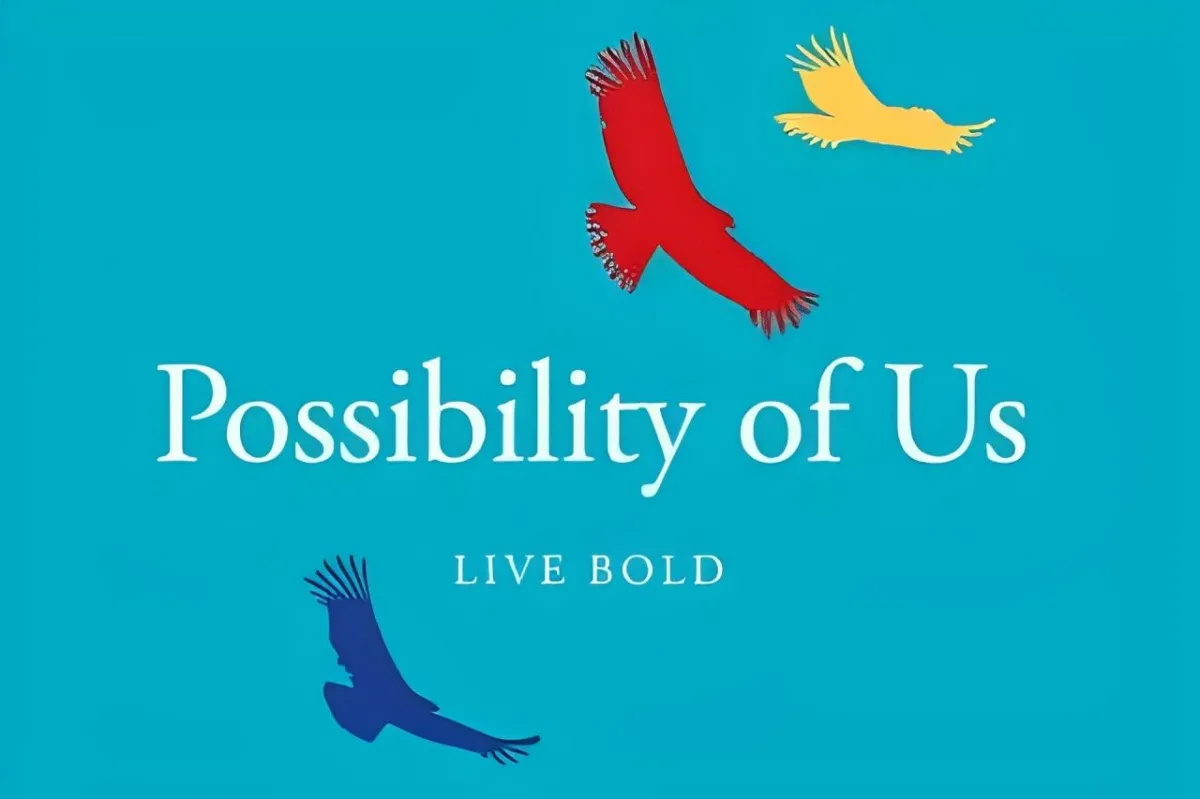See Our Latest Blogs- Coming Soon

Peru TransformationNew Blog Post
How Peru Transformed Me
I remember that first time I reached the Sun Gate, the last pass on the Inca Trail, guarded by two nosy llamas, that looks down at Machu Picchu and out at the surrounding mountains. I slumped against an Inca wall and started sobbing.
Perhaps it was exhaustion from four days of trekking—we carried all our own gear back in 1986; these days porters do all the heavy lifting. But the tears came from a deeper place, a sacred place of awe and wonder. I sobbed until I was pure spirit and no longer felt my aching body, until I was light enough to glide with the condors.
But it wasn’t only the sacred that moved me that day. The tears came from a place of deeper understanding and connection.
I’d been living with a local family for six months struggling with Spanish. Peru was going through economic and political upheaval. Life was desperately hard. Salaries were low, barely enough to cover living expenses, and fear and suspicion were high since the Peruvian government was at war with two separate terrorist organisations and military checkpoints were littered along all major routes.
But what I remember sitting around the lunch table every day are the jokes. The family had the ability to laugh in adversity and at the absurdity of life—particularly at the corruption and ineptness of government—and cry in the face of tragedy. They understood that tears of joy and sadness are the same tears. There was a satirical cartoon at the time El Pais de Maravillas— The Country of Wonders— that captured this sentimentsavagely.
The youngest daughter Rocio taught me to have impossible dreams. She was 14 when she told me of her dream to be a doctor and help the poor in Africa. Twenty years later she was on the verge of realising her dream when she tragically died in a car accident.
Jose, the head of the family, taught me that you can lose everything and start again. And he taught me humility. He was a landowner when the Peruvian government took his land and redistributed it to Andean communities. In the sweep of history it was just but harsh. Jose moved to Cusco and became a taxi driver, a dramatic fall from grace for a landowner in a very status conscious society.
One year he took me back to his former community, his spiritual home, in a remote locationhigh up in the Andes and we stood side by side on the side of a mountain harvesting maize, fighting off carnivorous flies the size of squash balls and a sun that had laser intensity at almost 3000 metres. And laughing, always laughing.
The capacity to embrace paradox is the essence of Peruvian life. It’s in the colonial buildings constructed on Inca stones. It’s in the constant struggle of governments to integrate Peru’s three regions— coastal desert, mountains and jungle. It’s in the sweet melodies, lively rhythms and sad lyrics of traditional huaynos, the colourful and intricate patterns of local textiles, and the food spiced with chilli and lime —there is hardly a dish that can’t be enhanced with chilli and lime. These days Peruvian cuisine is considered one of the finest in the world.
Peru is a place of colour and spice with its own syncopated rhythm. Which is why I keep going back. Mainly to catch up with family and the street kids I lived with for a year back in 1988. The kids are adults now and every time I catch up with them in Lima we go to the Cafeteria del Gran Hotel Bolívar, reminisce, share sad and funny stories and get drunk on Pisco sours.
For all its outstanding attractions — Machu Picchu, Inca and pre-Inca archaeological sites, the Andes, the Amazon, Quechua culture, the music, the textiles, the food —it is the indomitable spirit of Peruanos that keeps bringing me back. Viva al Peru.
What others are saying
Education. Inspiration. Transformation.
Empowering you to flourish in the second half of life with the tools, experiences, and support to create lasting change.
© 2025 Possibility of Us - All Rights Reserved


